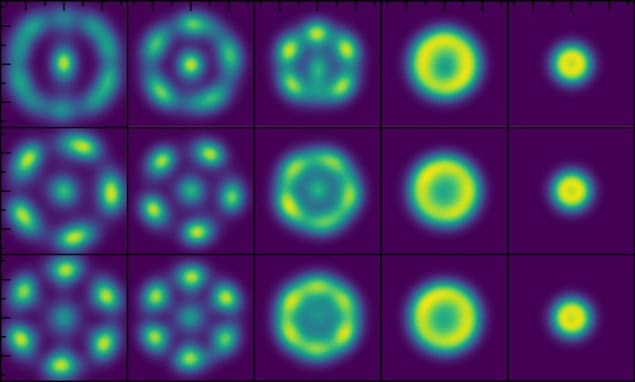Researchers from Tel Aviv University have developed a new method for simulating complex quantum systems that can be combined with cutting edge AI techniques

Understanding the behaviour of atoms and molecules at the quantum level is crucial for advances in chemistry, physics, and materials science. However, simulating these systems is extremely complex.
Traditional methods rely on mathematical functions that must be smooth and differentiable. This limits the types of models that can be used—especially modern machine learning models.
In order to remove this requirement, a team of researchers from Tel Aviv University have developed a new approach by combining a stochastic representation of many-body wavefunctions with path integrals.
Their work opens the door to using more flexible and powerful machine learning architectures, such as diffusion models and piecewise transformers.
They demonstrated their method on a simplified model of interacting particles in a 2D harmonic trap. They were able to show that it can accurately capture complex quantum behaviours, including symmetry breaking and the formation of Wigner molecules (a type of ordered quantum state).
The approach is computationally efficient and scales better with system size than traditional methods.
Most importantly though, this work allows for more accessible and scalable quantum simulations using modern AI techniques, potentially transforming how scientists study quantum systems.
Read the full article
Liam Bernheimer et al. 2024 Rep. Prog. Phys. 87 118001
